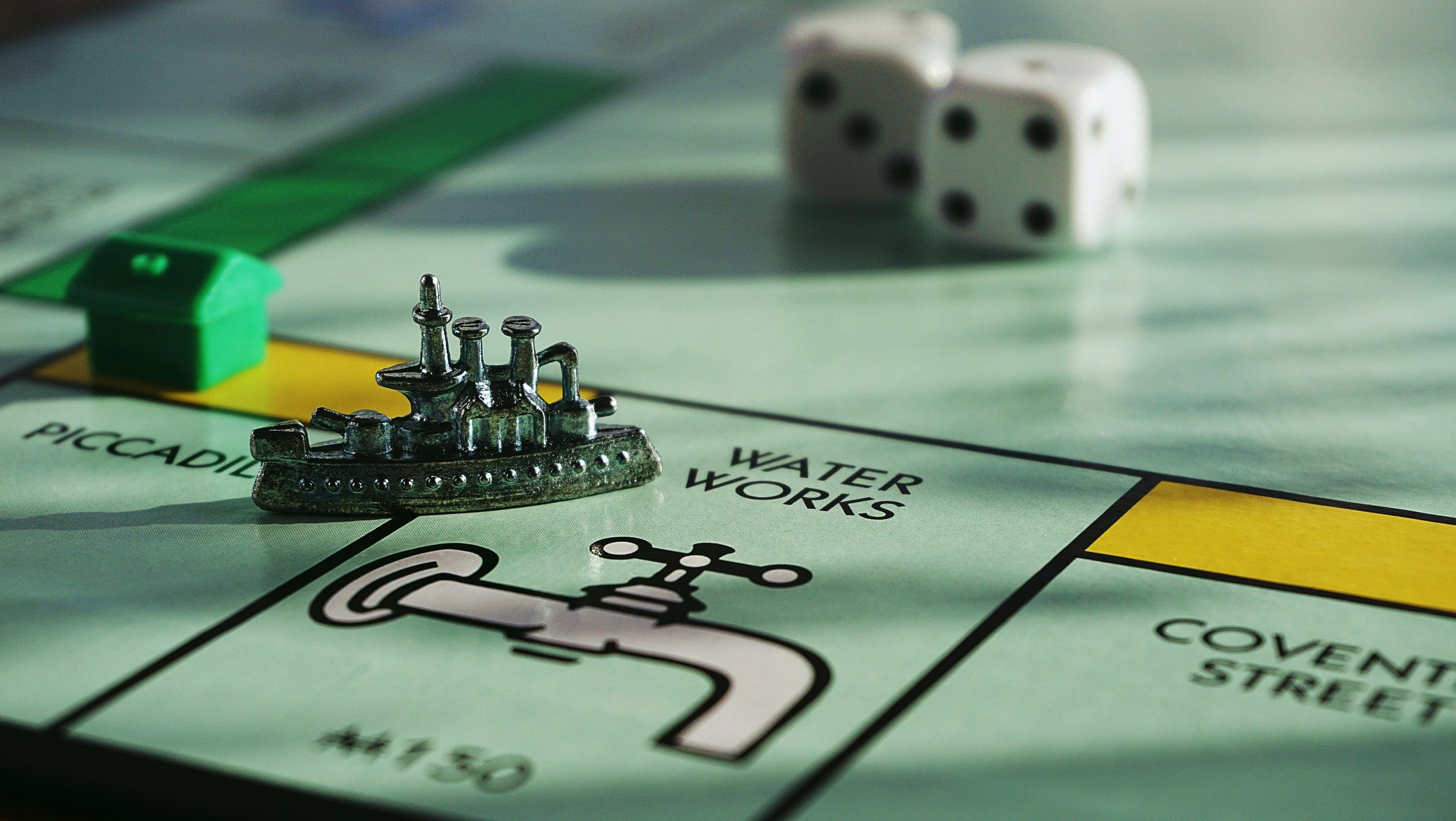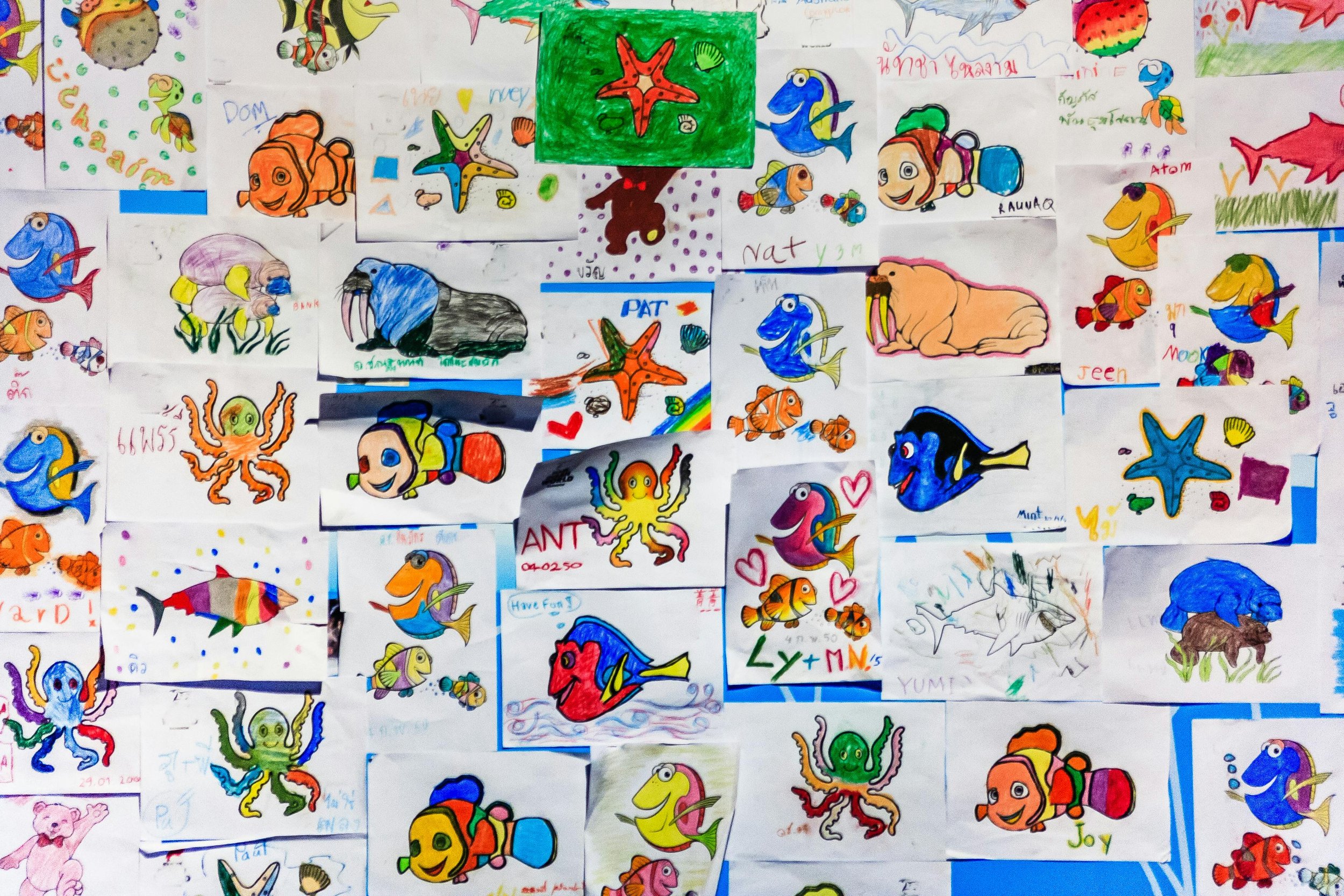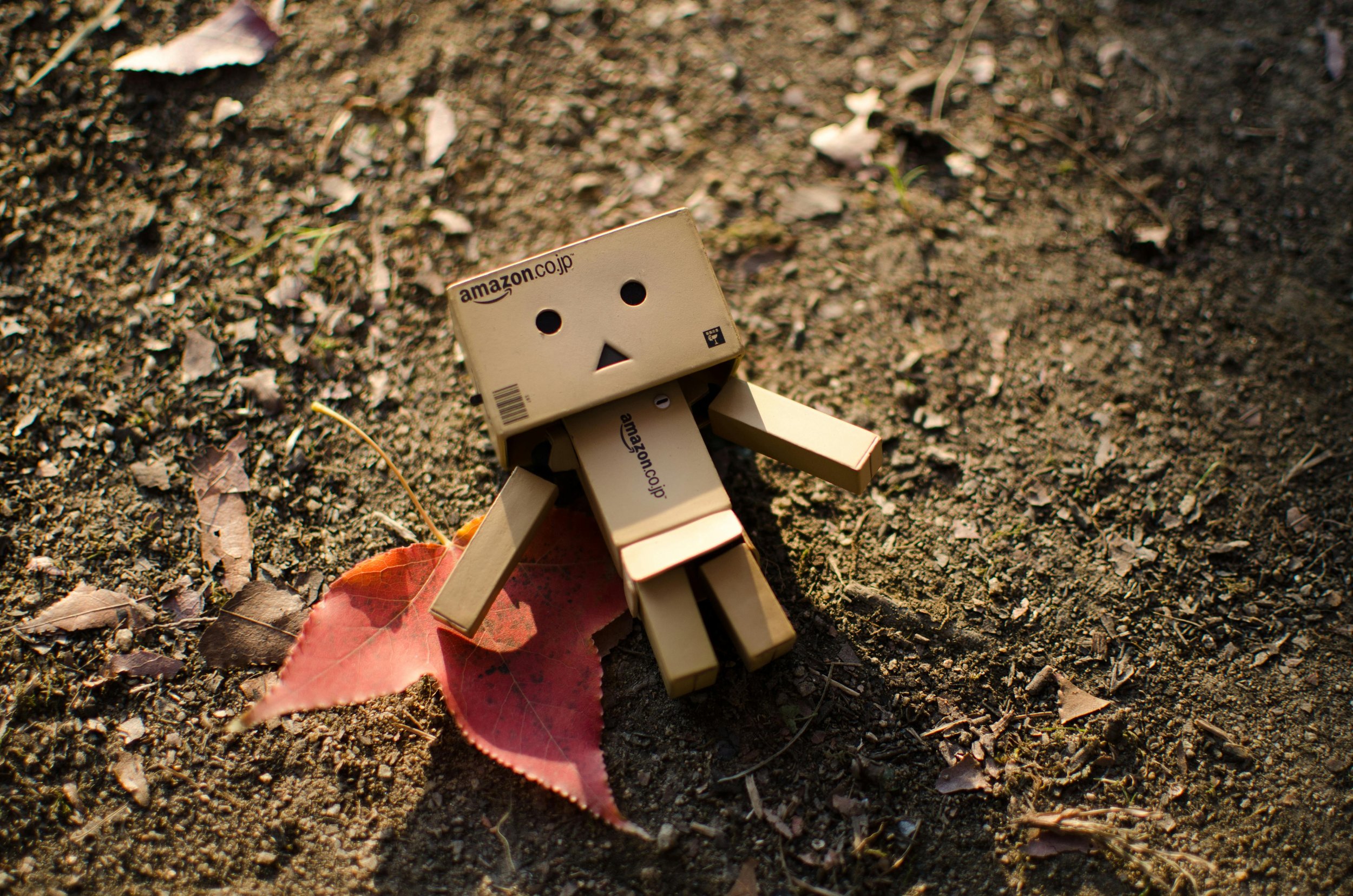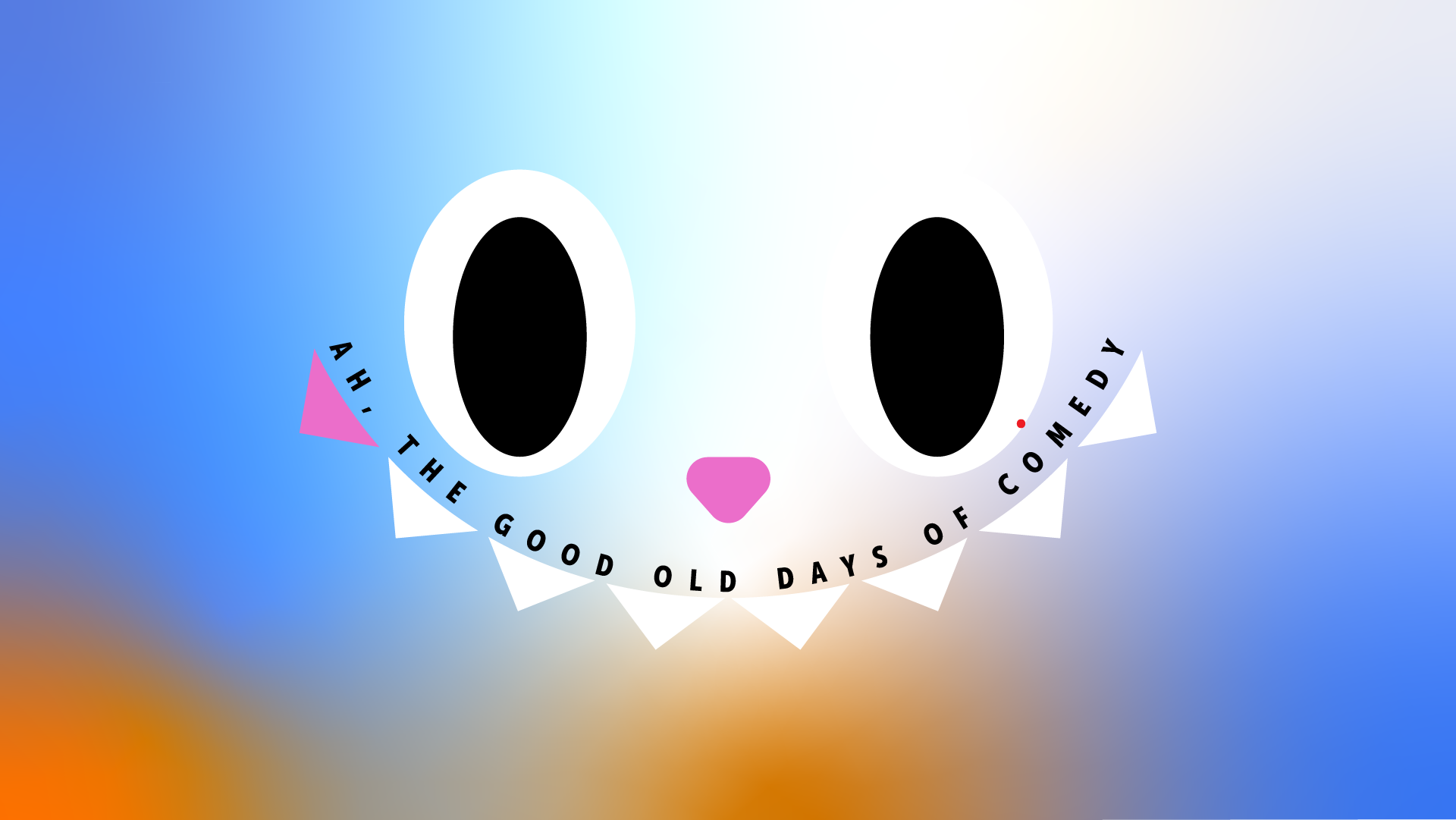IS WOODY WOODPECKER P-P-P-Picking up a Placard? WILL THERE BE AN ANIMATORS STRIKE?
Written by Jess Sweetman
In July of this year, the Pixar-produced “Inside Out 2” sprinted out of the gate to become the highest-grossing animated film of all time. Meanwhile, contract renewals between major studios and the Animators’ Guild (which represents 5,000 people in the industry) are ongoing, with no agreement reached so far. Some are predicting that a strike by animators in the USA is potentially looming for a number of reasons.
How do we explain the huge discrepancy between box office success and layoffs? And what are the issues faced by animators working in Hollywood?
In this article I’m going to attempt to outline the current state of the industry for animators, the background, the economic factors, and the issues that are being raised in the current negotiations.
Unfortunately this is just a sliver of the global industry of animation - Hollywood doesn’t represent all of the animation in the world. In fact - that’s why I’ve compiled a sister-article to this one, highlighting the lesser-known animated films that animators themselves have recommended.
For voices of independent animators working in the UK, you can also check out our recent Reel Opinions from Festival Formula filmmakers Ciara Kerr, Alisa Zolonz, and David Bunting. But for the sake of brevity (and my own sanity), in this article we’ll be sticking to what’s happening in Hollywood, as I think it gives an accurate reflection of how animators are treated in large industries globally.
the background:
Since the beginning of the Hollywood industry itself, animators have found themselves clashing with those in charge about working conditions. Since the 1950’s the Animation Guild grew to become considered a strong force for the rights of the workers it represented, which was required as its talent faced wage discrepancies, long hours and difficult working conditions, outsourcing of their work to overseas, and a host of other issues.
In his 2006 history of the animator’s union: “Drawing the Line: The Untold Story of the Animation Unions from Bosko to Bart Simpson”, Tom Sito explains his realisation, upon becoming an animator in the late 1970’s:
“I came to understand that everything I had ever enjoyed as an artist in a studio had to be won by demand and sometimes conflict. No boss awakens from a pleasant night’s sleep and thinks “Hmmm - I think I’ll grant my people and 8-hour workday.”
And while some struggles aren’t new, there are new struggles looming.
According to the L.A. Times, in a piece examining the increased unionisation by animators and the inclusion of production workers into the Animators’ Guild:
“They have to choose between putting gas in the tank or buying dinner that night,” said guild organiser Allison Smartt. “They have to forgo having the ability to start a family because the healthcare is inadequate; they have to continue renting with roommates long into a time in their life when they no longer want to ... because rent in Los Angeles is incredibly high.”
Below I’ll attempt to outline what they are, followed by a stab at potential solutions, and a glimpse into what the future of the industry might look like, if animators’ demands are reached.
So please, join me, friends, for a deep(ish) dive into the issues facing the animation industry and the people who work within it.
1. the streaming bubble has burst
While COVID decimated much of the film industry, animation had a boom in that time - due to its lockdown friendly production methods. This coincided with the streaming boom - the launch of Disney Plus and other direct competitors to Netflix.
According to animator Zach Mulligan, production of animation increased by 22% during this time. But by 2023, the streaming bubble had burst. And even before the bubble burst, those
outside the top tiers of the industry were already struggling. “There’s already no middle class in L.A.” quoted an anonymous studio executive to Vanity Fair in 2023:
“I don’t know how LA as a city sustains itself in future generations because people are just going to make so much less money over time than they have for the last 30 years or so.”
With the bubble burst came layoffs across the board. Disney laid of 20% of the animation team at Pixar, just a few years after a hiring boom. Similarly, Netflix laid off a third of their animation team. Layoffs became so bad that the website Cartoon Brew has installed a Layoff Tracker on their site, so you can watch the hatchet job on the animation industry in real time.
Where before, productions were booming, the bust brought cancellations of series’, and a tightening of what was actually getting produced in the first place. In addition, we recently saw strikes by both the Screenwriters and Screen Actors Guilds, which interrupted production on a large scale, and some argue that the industry hasn’t completely recovered yet. This also reveals that unionisation is becoming a topic of discussion in the USA, while nowhere near the heights it reached in its hayday, from Baristas to Production Staff, workers in the USA are - quite publicly in many cases - fighting to unionise.
2. monopoly - not just a fun board game
Mergers and acquisitions have always been a staple in the entertainment industry, but according to Brett Heinz, a program assistant at the Center for Economic and Policy Research, writing in prospect.org in 2019:
“The U.S. economy is in the midst of a “concentration crisis” in which industry after industry is being dominated by one company or a small handful of companies that control markets, and Hollywood is no different. The harmful effects of this are far-reaching, with damage done to competition, wages, business formation, innovation, and more.” (see also the writings of monopoly-expert Matt Stoller).
This affects animators directly, both at Disney-owned companies and others, in a piece on unionisation of animators in the L.A. Times from 2023 explains the reason behind Cartoon Network’s animator’s push to unionise:
“Cartoon Network’s parent company, Warner Bros., merged with Discovery in 2022 — resulting in a sweeping creative overhaul, mass layoffs and other painful cost-cutting measures”
And, Disney are not known for their acceptance of unionising staff. According to the L.A. Times, in 2022 when workers on animated films at Disney voted to unionise, Disney fought it:
“Disney declined to voluntarily recognize the bargaining unit formed by its production workers, according to organisers. Instead, the studio requested a hearing with the National Labor Relations Board, claiming that production supervisors and managers were managerial employees and therefore ineligible to unionise.”
3. eastern promises - outsourcing and its issues
Outsourcing - has existed in the animation industry since as far back as the 1950’s. - Japan, Taiwan, The Philippines. More recently India has seen an uptick in outsourced business, with a highly educated workforce who also speak English. Similarly, outsourcing to Canada.
You could argue that this is global capitalism at work - the companies who offer the best rates win, survival of the fittest and it gives animators in non-western countries a chance to get a foot up in the industry. HOWEVER - from a workers’ rights standpoint, outsourcing is deeply problematic.
The Japanese animation industry has been called out just this year for a culture of overwork, harassment, and under-payment of their workers. You can read about the report by the Japanese Animators’ Union (NAFCA) here. There are also structural problems which could be seen to prevent the creation of unions specifically for animators in Japan.
Over in India - according to Ketan Mehta, founder of Cosmos Maya, a visual effects and animation studio, quoted by the BBC:
"India has become a big market for outsourcing though not the entire movie - but parts of movies.”
And while it’s admittedly difficult to find large-scale reports or “official” sources commenting on the state of workers’ rights for Indian animators, a glance at Reddit provides plenty of anecdotal evidence about over long hours, freelance contracts leading to layoffs, low pay, high competition, and otherwise inequitable working conditions.
Meanwhile, Canadian animation studios are seeing an uptick in unionisation - in the face of claims of bad working conditions. However, recent changes to tax law in Quebec have led to layoffs across the board and may affect the Canadian animation industry going forward. .
Wikipedia is actually very helpful giving a history of outsourcing in the animation industry if you’d like more information.
4. wasn’t the ai revolution supposed to free us all up to make art?
In 2023 the Animation Guild (IATSE Local 839), along with Concept Art Association (CAA), The Human Artistry Campaign, and The National Cartoonist Society Foundation released the results of a survey undertaken by CVL Economics. The survey questioned 300 C-Suite leaders, senior executives, and mid-level managers across six key entertainment industries on the impact of AI and machine learning on the industry.
The report concluded that: “entertainment industry leaders are increasingly embracing GenAI technology to the detriment of creative workers.” Among the other alarming findings in the report, they predicted that:
“About 21.4% of Film, Television, and Animation jobs (or approximately 118,500 jobs) are likely to have a sufficient number of tasks affected to be either consolidated, replaced, or eliminated by GenAI in the U.S. by 2026.”
One of the major points of discussion in the upcoming contract renewal by the Animators’ Guild will be the use of generative AI in the industry.
5. so what’s next?
The Hollywood industry has always been wracked by changes, talkies, colour, streaming, or AI, technological advancement has always meant a collapse and rebuild of the system. So is there hope that the animators will be able to guarantee a future? Riding on the coattails of the writers’ and actors’ strikes, the film viewing public might be more receptive to the aims of industry unions, or fatigue may have set in.
We’ll have to wait and see.
Meanwhile, as long as there are talented filmmakers with ideas, there will always be animation, and as the industry changes, we can welcome shifts toward more diverse voices and stories entering the cannon.
6. silver linings?
First of all, globally, perhaps there are rumblings of more unionisation for animators who are making Hollywood’s outsourced work, as well as their own industry:
The Japanese Animators’ Union - NAFCA - was established in 2023, for example, and their vision statement asks the question: “: Will Japanese anime continue to be a field that you cannot enter unless you are prepared to face poverty?”
And as we get used to streaming as a source of content, independent streaming services and animation studios which serve filmmakers are popping up.
Recent huge successes in the animation industry are: “Hazbin Hotel” (the crowdsourced pilot of which amassed 79 million views on Youtube before being picked up by A24 and Amazon Prime for a full series) and “The Amazing Digital Circus” (the pilot of which has surpassed 150m views on Youtube.)
In Europe, funding sources are still available for animation and films through regional, national, or international sources, and If you have a fanbase already, there’s crowdfunding.
I also took a look at animation studios which are led from a more people-first perspective, B-Corps and collectives - and yes, there are several B-Corp animation studios working in the industry today. Picl Animation in Cardiff, Blue Zoo, London, and Atomic Cartoons, USA and Canada.
The festival circuit for animation continues to exist and provide opportunities for filmmakers to share their works, in addition, animations can be quite popular at short film-focussed festivals, because of generally shorter run time, allowing them to be programmed in more short blocks.
And finally, arguably we don’t actually know where the AI “revolution” is headed and many animators are already arguing that changes to the technology will enable works to be made faster and grow in ways we can’t even imagine yet. Perhaps the next generation will create works that we have yet to dream of. You never know.












